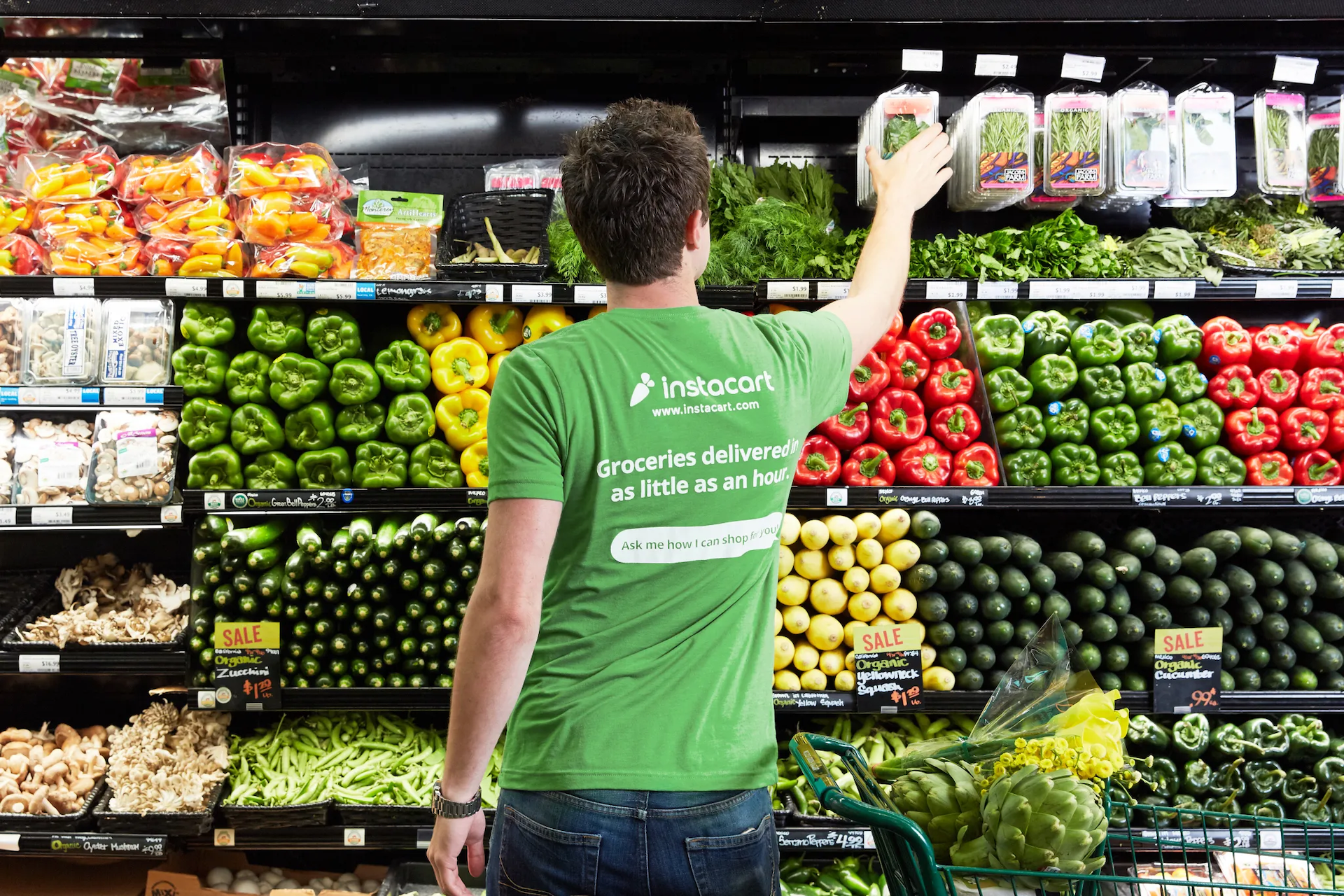Everyone hates COVID. But the pandemic gave us a glimpse at how necessity is the mother of invention.
When the world shut down in March of 2020, schools were scrambling trying to figure out how to teach.
Schools learned a lot that school year. One lesson I hope we learned is how competition improves education for students and teachers.
Districts around the state spent the summer of 2020 preparing to reopen and have students return to school. The district I worked for was no different.
The goal of my district’s plan was to provide as many options for parents as possible. In addition to an in-person option, they provided remote learning for any family that did not feel comfortable sending their students to school.
The district adjusted its school hours, reducing the school day by two hours. Classroom teachers were tasked with providing in-person learning, uploading the guided curriculum to the internet, and providing support for the online students.
It was a disaster.
The task overwhelmed the teachers. They were working an extra two to three hours each day, and some were working up to five extra hours. They were burning out, fast!
Parents weren’t happy with the online product either. The quality of the curriculum was poor. Students were confused by the lessons. The parents of online students were spending five to six hours helping their children with school, all while trying to work from home.
The situation was unsustainable. Parents were leaving the district in droves. By the end of September, the district had lost 700 elementary students to other online programs. The district was in a full panic. They needed to make changes.
In mid-September of 2020, elementary principals had a meeting with the district business manager. He was worried about the number of students leaving the district. Those students represented hundreds of thousands of dollars to the district. It became the match that lit the fire of change.
And they did make changes. The district began having conversations about how to improve its online offering while easing the workload for teachers. Elementary schools were asked to hire an additional aide to become an online liaison for parents. Nothing was helping.
Eventually, the district created a dedicated online elementary school. They hired a principal and teachers to take all of the online students. These teachers could then focus on online students and curriculum, while the regular classroom teachers could focus on in-person learning.
Teachers ended up with a huge burden removed from their plates. Online students and families were happier because they had a teacher they could contact at any time of the school day. And the district stopped losing students.
In my 14-year career, I had never witnessed this amount of innovation and change in education. It was a change that responded to what parents and teachers and the dollars they represent wanted.
Imagine if this process could be used for continuous improvement. Would districts decrease administrators to have smaller class sizes? Would they increase teacher benefits to attract the best teachers? All of these options are good for students and teachers.
All this could be done if government funds choice in education.





